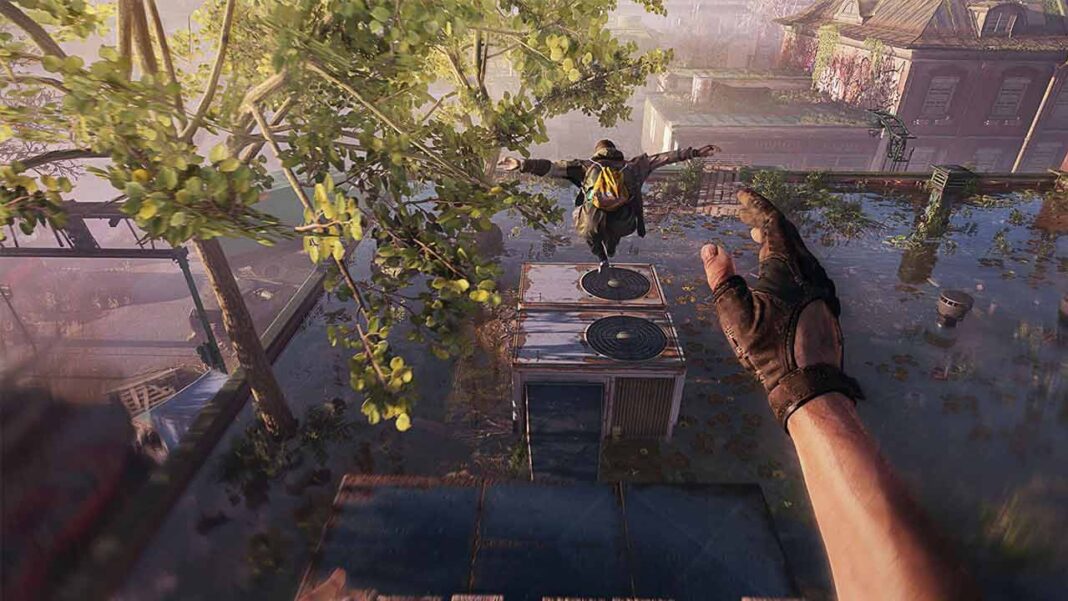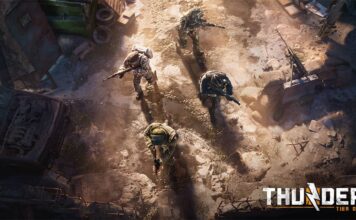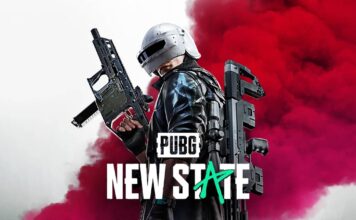Last month, the developer of Dying Light, Techland revealed that its open world survival horror game would be coming to Nintendo Switch. When we look at its sheer scale and scope, plus the fact that the game targeted 30fps on the much more powerful PS4 and Xbox One, could this conversion possibly work? And surprisingly, the answer is yes. Dying Light has obvious compromises to run that well, but the game is content-complete, the performance is decent, image quality is better than expected and played in handheld form especially, it’s a treat.
To a certain extent, this port aparts the trend as we saw with many Switch conversions from the current-gen consoles run at 30fps from source material that run at 2x frame-rate, this is an easy way to save on CPU and GPU resources. But the resolution often comes crashing down, to the point where upscaling artefacts and blur can cause problems. Aslo, there’s the whole concept of an open world with granular detail. This is a test for Switch’s memory, CPU and bandwidth, but an environment that simply has to be delivered with quality on a game like this.
Dying Light for Switch is based on version 1.43 of the original game and brings most of its visual features to the table, along with some changes. Techland is using what seems to be a new TAAU feature which is temporal anti-aliasing with upscaling. The idea with this is to reconstruct the image over several frames to match the target output resolution: either 1080p in docked or 720p in portable. Naturally, the actual base resolution is lower, often counting around or below 720p in docked mode, but the results are interesting enough. It looks reasonably close to native when standing still but as you move, there will be some image break-up. Usually, when comparing Switch ports to other more powerful machines, the resulting image is blurry and obviously of a much lower resolution but Dying Light really does compare more favourably than the usual.
Shadow resolution is significantly lower, shadows on vegetation are gone, texture quality takes a hit on both characters and world textures, while motion blur is absent. Once in the open world, it’s more noticeable that distant detail and dynamic lights are pared back and produce a pop-in effect much closer to the player. However, depth of field and other post-processing effects are intact and look great even on Switch port. Despite the changes, it’s very much Dying Light.
Another change worth to note is the reduction of overall zombie numbers, but the full extent of this compromise is a little tricky to define. There are still areas packed with lots of zombies, but there’s a thinning out of the horde during normal exploration. So, it seems as if it has been scaled back slightly but it makes the game slightly less frustrating at times. Some areas seem emptier than expected then, but others, such as the beginning of The Following DLC, seem to be as busy as ever.
The cuts feel somehow different than certain other Switch conversions overall, it looks and feels good, certainly in handheld play. The thing is, all of the features and gameplay complexities are preserved and elements like loading times are actually comparable. In fact, the Switch version had faster loading than the PS4 game. So, it’s obvious that the Switch port doesn’t fully match the prior console release and that should be expected. That’s where Techland did a good job with the decisions. It’s clear this must have been a very technically challenging conversion to pull off: it’s a game doing things the Switch really isn’t designed to do, but it does actually work well.
This brings us to performance and the results are interesting. You may note some instability in camera motion and movement, but it’s usually not down to performance drops, but rather that the game runs with an uncapped frame-rate, often running at 30-36fps. A 30fps cap would reduce instability. On paper, this may not seem like a big deal, but what’s happening is that there’s inconsistent frame-times of 16ms, 33ms and 50ms – and this results in inconsistent motion. It’s like incorrect frame-pacing but slightly different in how it manifests, creating a slightly jerky look to the action. The good news here, however, is that the frame-rate does stay above 30fps most of the time and the issue can be fixed with a patch. There are genuine drops beneath 30fps in the city at night for example. But Techland can implement a decent 30fps cap, this should make the game look and feel smoother overall.
In conclusion, Dying Light on Switch is an intelligently designed port that holds up well. Some of its cutbacks are a little too obvious in docked mode, but played in handheld mode, the game is a lot more appealing – looking especially good on the Switch OLED Model display.











